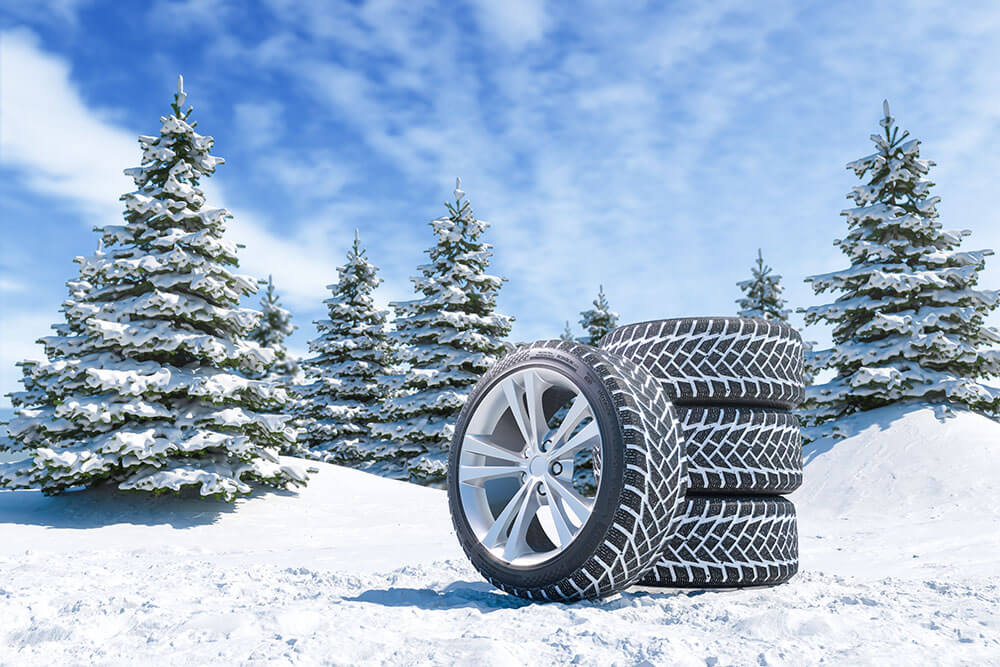TIRE TIPS

ALL-SEASON TIRES VS WINTER TIRES. WE RECOMMEND WINTER TIRES OVER ALL SEASONS
The sets of tires on your car can define the safety and comfort of your daily driving experience. Luckily, tire manufacturers have designed different types of tires in the market, each with unique characteristics suited and designed for usability under various road and driving conditions.
One example is the all-season tires, which are common due to their versatility and usability in moderate climates. However, it’s wise to opt for winter tires when driving under cold climate conditions such as icy or snow-filled roads.
Are All-Season or All-Terrain Tires Any Good?
All-season tires are a jack of all roads but masters to none. Their design borrows from both the characteristic of snow and summer tires. The tread on these tires is composed of many grooves, studs, and sipes and thus has a much longer tread life than other tires.
While you can use these tires all year round on hot, wet, dry pavements, or roads covered by light snow, we don’t recommend them during the winter conditions experienced in Canada. That’s because they won’t perform as well as their counterparts below would.
Defining Winter or Snow Tires
Winter tires are designed to thrive on extreme cold and slippery road conditions. They have unique design features that give them an upper performing hand on icy roads than the all-season tires:
1. Soft Rubber Tread
The tread compound in winter tires comprises unique rubber that’s much softer than those in all-terrain and summer tires. Usually, rubber tends to harden, stiffen, and crack under cold temperatures. But the softer rubber on snow tires makes them more flexible, enhancing their grip on the road surface.
2. Deep Tread Design
The tread depth and pattern on snow tires differ from all-terrain tires in that the treads are much deeper with more groves that reduce snow build-up and enhance grip and traction on the road surface. Also, the tread pattern and design are more aggressive and detailed as they feature saw-toothed sipes (rather than straight,) which squeeze the water off the road surface and provide a larger surface area for the tire to cut easily into the snow.
3. Biting edges
Snow tires also have biting edges or tiny slits on their tread blocks. These slits bite the road when the tire turns, providing better traction on slippery roads covered with snow or sleet. Enhanced traction makes winter driving much safer as you’ll experience better cornering under slippery icy conditions.
Final Words
As you can now tell, your all-weather tires might not offer the best experience as you drive in the cold weather months in Canada. Why not get your set of snow tires and enjoy better grip, safe drives, and better fuel economy as you traverse the winter roads? You’ll thank your lucky stars you made that switch when in the middle of heavy snowfall, far from civilization, and have no one to turn to but you — and your winter tires — Get yours at TreadNation today!

